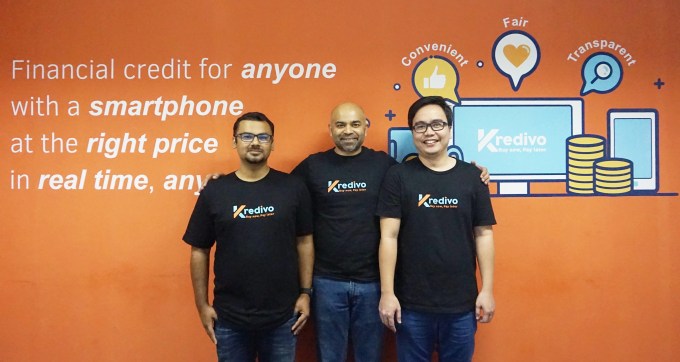Recruiting, hiring and retention can be one of the most costly parts of a company’s entire operation, and there’s a class of startups and companies that are increasingly getting funded to try to optimize one or more of those problems all at once — including a new big round for employee education platform Guild Education.
Guild Education is just one of an array of companies looking to capitalize on the opportunity to help employers educate their existing workforce and identify employees who might fill the talent gaps with a little bit of training — as well as having a nice retention perk as well. Guild Education helps employers work with nonprofit universities to provide employees with education across a variety of subject matter or credentials, ranging from high school completion and vocational programs to bachelor’s and master’s degrees. All this is designed to offer companies a way to ensure that employees feel like they have a vested interest in their future, and retain them with that kind of perk.
Guild Education said it has raised a $40 million financing round led by Felicis Ventures, with participation by Salesforce Ventures, Workday Ventures, Rethink Impact & Education, and Silicon Valley Bank. Existing investors Bessemer Venture Partners, Redpoint Ventures, Harrison Metal, and Cowboy Ventures also participated in the round, and Felicis’ Wesley Chan will be joining the company’s board of directors. The company says its programs are currently available to 2.5 million working adults and gives access to classes, programs and degrees at more than 90 universities and learning providers.
“Most of our companies see an ROI on the employee investment within the first year or two,” CEO Rachel Carlson said. “Here’s why: on an incremental basis, our programs simply need to cost less than the cost of losing a high performing employee and hiring and training their replacement. We accomplish that by partnering with affordable, nonprofit universities and focusing with them on dual retention: helping employees succeed at school and at work… Companies with frontline workforces struggle with annual turnover rates well above 50%. So for our companies, a 4-year retention rate is a phenomenal outcome, and they’re thrilled to see that employee move on to their next job after completing a degree.”
If the model sounds somewhat familiar, it’s because there have already been a number of successful companies creating a lot of buzz in the area — and clearly a lot of appetite for a business like Guild’s. Pluralsight, for example, gives companies a way to courses to employees to help them pick up new software engineering skills and went public earlier this year. It isn’t exactly the same model as Guild, but it does indicate that there is a pretty substantial opportunity for tools that help workforces further educate their employees, getting more value out of them and helping them advance in their careers. Given that the hiring and recruiting process can be a time-intensive and expensive one (there are even startups focusing machine learning efforts for recruiting), it might make sense to see if the right person for a job is already within a company. That helps companies get the skills they need and build loyalty with that employee.
While Guild Education is going after the larger companies out there to offer those perks, there’s another one that’s already interesting enough: the wave of contract employees that work with companies like Lyft or Uber, who also might want a similar perk but operate on a different model that isn’t full-time. Carlson said the startup works with companies like Lyft to figure out how to offer those kinds of education benefits to “gig economy” employees as well, though the benefits are traditionally designed for W2 employees since the benefit is non-taxable on both ends.
There will certainly be some competition from online course marketplaces like Udacity or Coursera, which look to offer another way for employees to pick up new skills on their own time and charge a monthly fee for that. But by going through employers to offer that benefit (to be sure, some companies like Lynda.com already do this), Guild Education may be able to streamline the process in such a way that employees get access to already known entities like nonprofit universities in order to get the education they seek.




